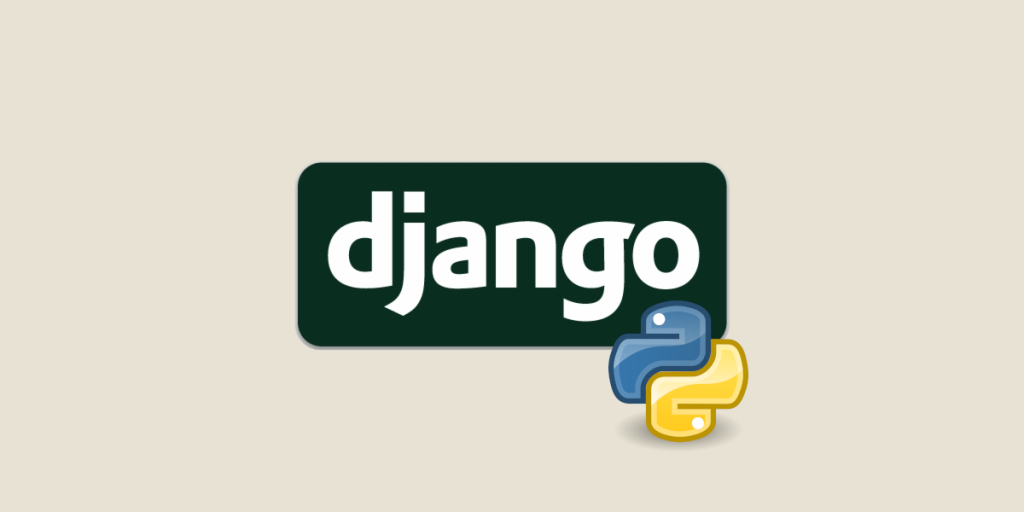Object detection
Object detection is to locate the object via bounding boxes (BBs) and also give the classification of the located objects.
https://pjreddie.com/darknet/yolo/
-
We are using the pretrained YOLO model trained on COCO dataset
-
First we load the pre-trained YOLO model using Deep Neural Network library of OpenCV.
-
Convert the frame to a blob
-
Process the output and draw bounding boxes
-
Object detected using the pretrained weights and dnn(Deep neural library) library of openCV.
-
Display the resulting frame.
Proof of Concept Document: Real-time Object Detection using YOLO
Objective:
The goal of this Proof of Concept (POC) is to demonstrate real-time object detection using the YOLO (You Only Look Once) deep learning model. The implementation utilizes the OpenCV library in Python.
Technologies Used:
-
OpenCV (cv2): A popular computer vision library that provides tools for image and video analysis.
-
Deep Neural Network Libraries of OpenCV.
-
NumPy: A library for numerical operations in Python, used for handling arrays and matrices.
Code Overview:
The provided Python script uses the YOLOv3 model to perform real-time object detection on a webcam feed. Here is a brief overview of the key components:
-
Loading YOLO Model:
-
The YOLO model is loaded using cv2.dnn.readNet, specifying the path to the model weights (yolov3.weights) and configuration file (yolov3.cfg).
-
The COCO class names are loaded from the file coco.names.
-
Webcam Capture:
-
The script captures video frames in real-time using the OpenCV VideoCapture object (webcam with index 0).
-
Object Detection:
-
Each frame is preprocessed into a blob using cv2.dnn.blobFromImage.
-
The blob is fed into the YOLO model using net.setInput(blob), and the output is obtained with net.forward(layer_names).
-
The output is processed to identify objects with confidence greater than 0.5.
-
Non-maximum suppression (cv2.dnn.NMSBoxes) is applied to filter out overlapping bounding boxes.
-
Drawing Bounding Boxes:
-
Bounding boxes are drawn around detected objects on the frame.
-
The class label, confidence score, and box coordinates are displayed for each detected object.
-
Display and Exit:
-
The resulting frame with bounding boxes is displayed in a window titled "Real-time Object Detection."
-
The script continues to run until the user presses 'q', at which point the video capture is released, and the OpenCV window is closed.
Execution:
To run the script, make sure you have the YOLOv3 weights, configuration file, and COCO class names file in the same directory as the script. Execute the script, and a window will open showing real-time object detection from your webcam feed.
Conclusion:
This Proof of Concept demonstrates a simple yet effective implementation of real-time object detection using the YOLOv3 model and OpenCV. It serves as a foundation for building more advanced computer vision applications and can be extended for various use cases.
What's Your Reaction?



































